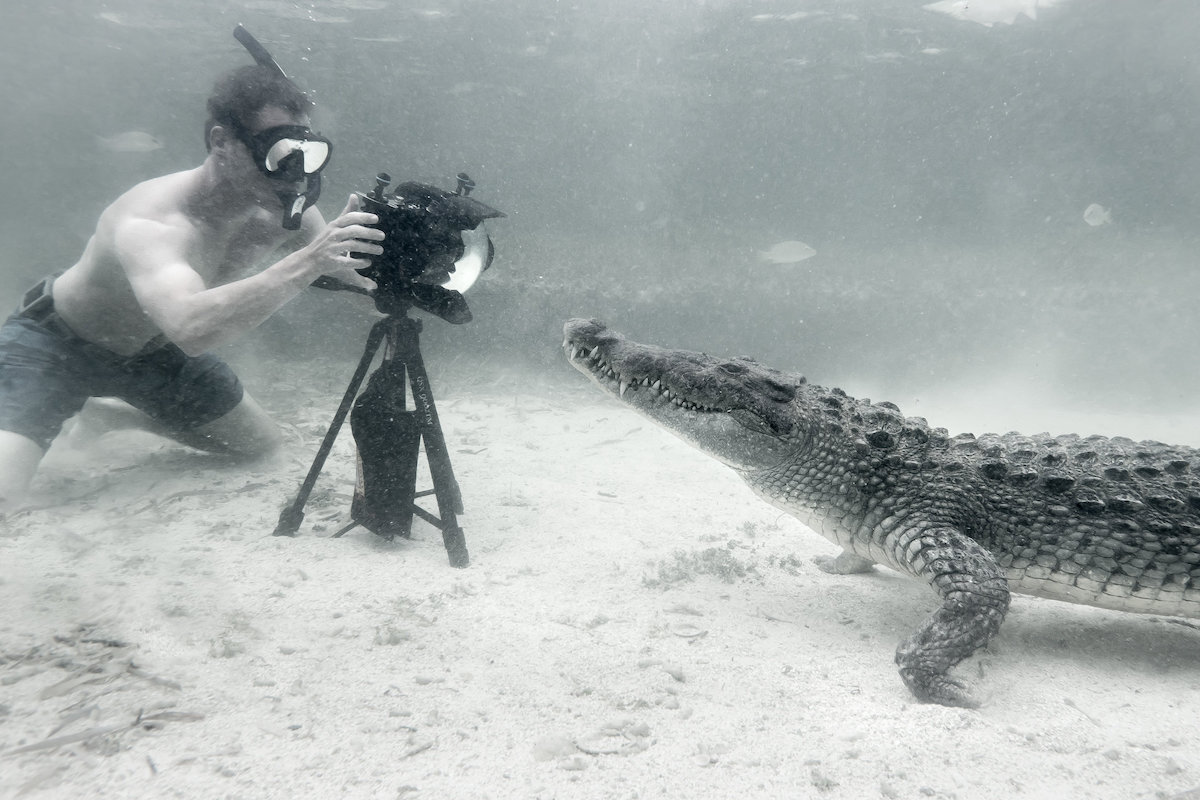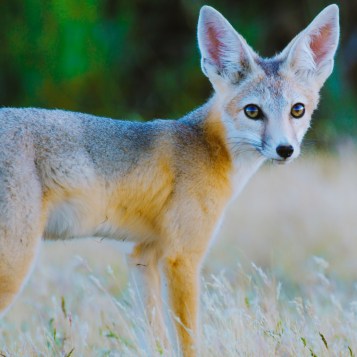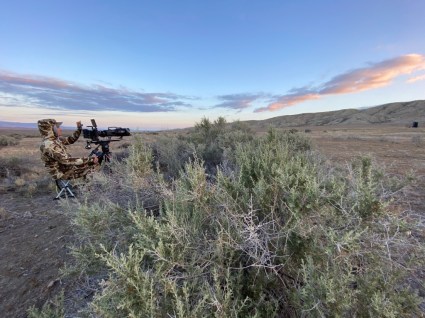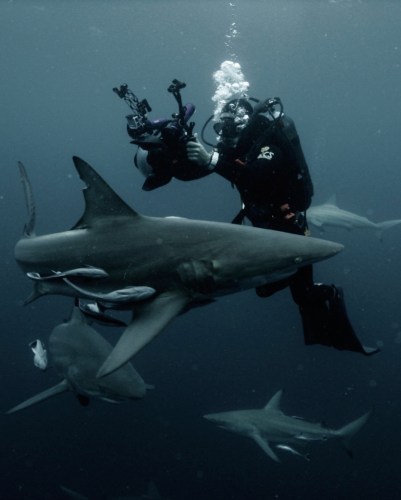Capturing the Natural Moment
Wildlife Cinematographer Mark Romanov Delves Deep Underwater and High in the Air to Explore the Natural World on Film

My cell phone rang at an inopportune moment, to say the least. I was hidden in the bushes about 40 feet away from an active kit fox den on the Carrizo Plain National Monument. It was wildlife cinematographer Mark Romanov on the line. He found my number via Instagram and told me he was gathering footage of California wildlife for a documentary produced by Wild Logic that was eventually entitled Planet California and aired on PBS in spring 2022.

At the time, I was working on finishing my book about the Carrizo Plain. Romanov saw my images of kit foxes, blunt-nosed leopard lizards, and other grassland fauna on Instagram, creatures he needed to film for the documentary. He was hoping I could help locate the species they needed, but I was envisioning a big film crew coming out, which didn’t sound appealing to me. However, Romanov assured me it would be no more than one or two guys, the other being renowned wildlife cinematographer Rick Rosenthal.
“Well, I’m sitting on a kit fox den as we speak,” I said softly.
“I’m on my way now,” said Romanov.
By midafternoon, Romanov reached my destination tucked away in a shallow gully on the last of California’s grasslands. He arrived just in time to film a male kit fox bringing prey back to his six hungry, rambunctious pups. He was off to a tremendous start.
Hardworking
As the weeks rolled on, we found most, if not all of the species on Romanov’s wish list: burrowing owls, coyotes, giant kangaroo rats, antelope ground squirrels, blunt-nosed leopard lizards, and American badgers. I was thoroughly impressed by how hard Romanov worked, the hours he kept, and the footage he gathered. He mostly worked a lot and slept a little.

“The toughest part of my job is definitely the unpredictability of wildlife,” explained Romanov, who graduated from UC Santa Barbara in 2013 with a B.S. in Ecology and Evolution. “No matter how much research and preparation I do, I never know exactly what will happen when I’m out in the field. Weather conditions and government bureaucracy can also be challenging — but it’s all worth it in the end.”
Romanov said he’s been obsessed with wildlife since he was a child. He had many pets growing up, but as time rolled on, he came to understand the perils of the exotic pet trade. He became increasingly interested in photographing wild things in wild places. While at UCSB, he took a summer course in environmental documentary filmmaking called Blue Horizons, which gave him the tools needed to follow his passion and become a wildlife cinematographer.
“It took a lot of persistence to get my first work,” said Romanov. “My advice for aspiring filmmakers is to keep contacting people you look up to and try to work for or intern with them.”
Now 32-years-old, Romanov has accumulated an impressive résumé, working on some of the most well-known wildlife documentaries, including National Geographic’s National Parks, AppleTV+’s Big Beasts, BBC’s Our Changing Planet, PBS’s Planet California, BBC’s Blue Planet II, David Attenborough’s Whale Wisdom, and 10 specials for Discovery’s Shark Week.
The Creative Grind
His job may sound glamorous, and it is exciting, but there are bumps in the road as well. Imagine an entire film crew checking 20+ bags at the airport, most of them oversized and overweight. Even more daunting is getting all that camera gear rowed up the Amazon in a canoe or loaded onto a small sailboat in the Arctic. And even with the best, most expensive equipment in the industry, that doesn’t always guarantee it will work properly or even at all while shooting out on location.
“The reality of working in the field is very different from the romanticized version of being a wildlife photographer,” said Romanov. “I’ve had equipment fail from temperatures too hot and too cold while outside in the elements all day. We take expensive, high-end equipment from Hollywood and routinely subject it to some of the toughest conditions on Earth. It’s really a miracle it works as often as it does.”

To offset some of the uncertainties of his job, Romanov has started his own media marketing company that focuses on ultra-high-end marketing videos for outdoor adventure type companies.
“I love that work because I get to use all the cinema equipment I have acquired in new and creative ways, in a more controlled environment,” he said. “I’m focusing on companies in the greater Central Coast area that offer outdoor experiences or products, such as a new zipline company in Santa Ynez. The work allows me to be creative, push the limits of my equipment, and still bring in a stable income when I am not traveling internationally.”
Of course, every occupation has its ups and downs. It comes with the job, but at the end of the day Romanov wouldn’t trade what he does for anything.
“It’s my interest in wildlife that propelled me towards filmmaking in the first place” he said. “I love being able to witness unique and awe-inspiring events in the natural world, and I love being able to capture and share those moments with others.”
For more information about Mark Romanov and his work, see markromanov.com, @mark.romanov.




You must be logged in to post a comment.